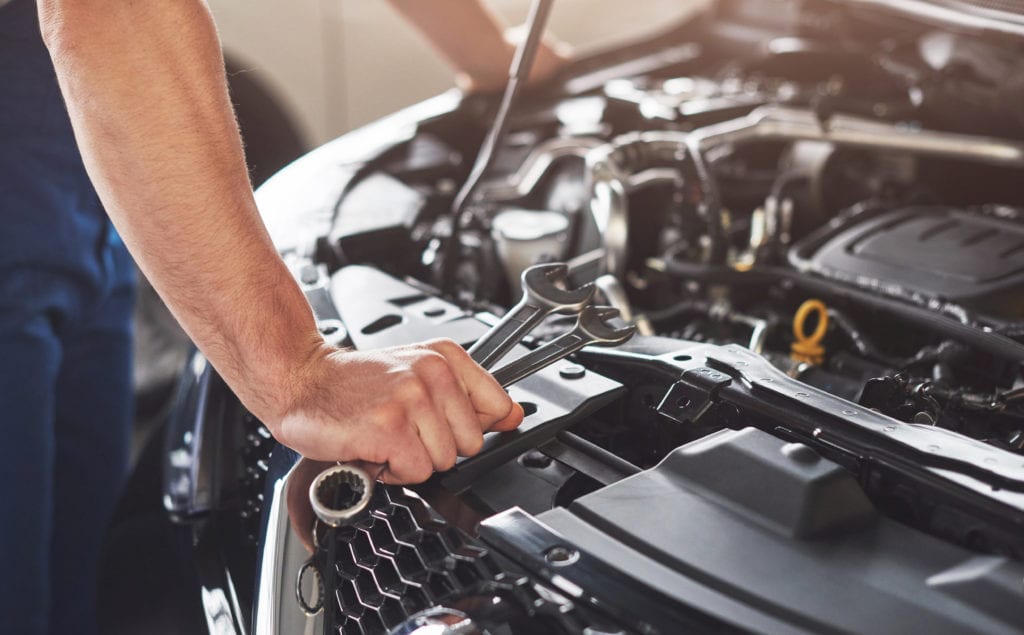Unexpected car problems can be devastating for families. Here are 9 options for auto repair financing to get you back on the road.
Why is Auto Repair Financing Important
In some countries around the world, owning a car is optional, it’s a luxury, it is superfluous. In the United States, however, owning a car is often the key to maintaining employment, seeing family, and lifestyle affordability.
When an unexpected auto issue arises, failing to have it fixed is not an option. Every day that the vehicle is not fixed could mean a day without income compounding the problem of the expense itself with less money to pay for it. Bad credit and a lack of savings can lead to choosing financial products that worsen the situation.
1. Personal loan
Banks and credit unions will offer personal loans at reasonable interest rates to customers that qualify. Personal loans are short-term loans in nature lasting between 6-48 months. Personal loans will require borrowers to hold a sufficient credit score as provided by the three credit bureaus.
Banks may have loan amount minimums, However credit unions are often more lenient both with rates and credit history challenges. Spreading a costly repair out over monthly payments can be helpful. For example, a substantial $5,000 repair could be as low as $155/month for 36 months at 6.99% interest – certainly unpleasant but far less devastating.
2. Savings
Depending on the cost of the repair and the size of the borrower’s emergency savings, there may be little need to finance at all. Cambio suggests customers save six months of expenses in their emergency fund. While customers shouldn’t borrow from their emergency fund unless absolutely necessary, using savings to offset the costs of a car repair and then replenishing the emergency fund may be the best option.
Savers should exercise caution, however, because a depleted emergency fund could put them in jeopardy in the event of an additional emergency.
3. Borrowing from family
There are a lot of complications that come from borrowing money from family. Without clear terms, many family loans are given and repayment causes strife with the people you love and depend upon most.
Borrowing $2,000 from a cousin, for example, may come without interest or onerous monthly payments. However, if, for example, the borrower intends to repay the loan in one lump sum three months in the future, expenditures prior to the repayment time can seem like the borrower has other priorities and abused their cousin’s generosity.
It may be a cheap form of financing but it can be costly on personal relationships.
4. In-house financing
If the car can be fixed at a major dealership or chain of repair shops it’s possible that the vendor will offer in-house auto repair financing. These auto repair loans may carry higher interest rates and could be harder to find. As they often take place at larger dealerships, it’s also possible that repair costs will be generally higher than a local mechanic.
However, in-house repair financing may be the best option to get drivers moving again.
5. Credit cards
Depending on the gap between when the car is needed and when a repair can be afforded, credit cards may offer a stopgap. Putting expensive charges on a credit card won’t be cheap, interest rates run between 7-27%, however, it’s still far less expensive than other onerous options like a payday loan or car title loan.
One benefit of putting the repairs on a credit card is that they do not charge interest for at least 30 days. This could allow a borrower extra time to line up alternative forms of financing.
6. Paycheck advance
Not a lot of workers are aware that they can ask, and will often receive an advance on their paycheck. This could provide 0% financing for borrowers, though they will need to start accumulating savings for when the advance runs out.
Ask your Human Resources department about a paycheck advance that will be deposited right into your checking account. This could be the cheapest and best option for some.
7. Balance transfer
Many credit card issuers send balance transfer offers to their customers. In this instance, a low rate loan will be applied to any balance transferred but it cannot be charged directly to the card. Allow me to explain.
If a borrower has a balance transfer offer of 0% for 18 months plus a 3% transfer fee from Credit Card A, then charging the amount of the auto repair to Credit Card B, then transferring will essentially lower a borrower’s APR to less than 3% – very inexpensive money.
In doing this on an $1,800 repair, charging the repair to Credit Card B will incur no interest if transferred before the next billing cycle. Credit Card A will then have a balance of $1,800 plus a $54 transfer fee (3% of $1,800) for a total balance of $1,854. If the borrower then repays at a rate of $103/month, they will completely pay their auto repair for a very low effective finance charge.
Borrower beware – cards that offer balance transfers offer low rates during the term, but if it’s not paid off entirely prior to the special transfer rate term (18 months in this example) the entire transfer amount will be subject to normal credit card interest rates. For a loan like this that could mean interest costs of $250-275.
8. Car title loan
A car title loan is expensive and risky. With a “title loan” a borrower signs over the title to their car (assuming they own it out right and do not carry another note on the vehicle) in exchange for the money they need.
Interest rates are high with car title loans and vendors that supply them unscrupulous. For them, it’s usually a win-win situation. If the borrower pays back all of the money and high interest, they make money on the loan. If they do not, the title loan vendor will take possession of the vehicle for a fraction of the car’s value and can still pursue the borrower for the remainder of unpaid loan.
These should be avoided at all costs.
9. Payday loan
A Payday loan is offered by “check cashers” who will advance some or all of the borrower’s upcoming paycheck amount at extremely high interest rates. The advantage of these loans is the incredibly fast turnaround time, usually in the same business day.
However, APR (annual percentage rates) can exceed 300% even for the lowest, most regulated states. The only time to take out a payday loan is when a borrower has exhausted all other options and has a reasonable path to repaying it ahead of time.
Do You Have An Unexpected Auto Repair?
If you are researching your options for auto repair financing, contact Cambio today. We can evaluate your situation and may be able to help.



